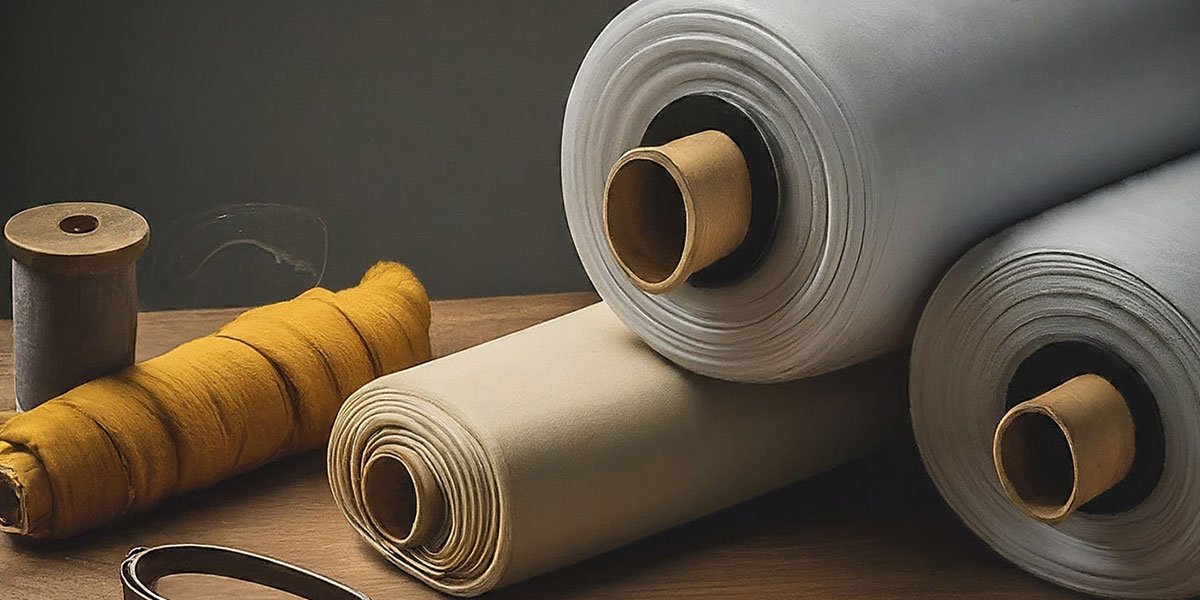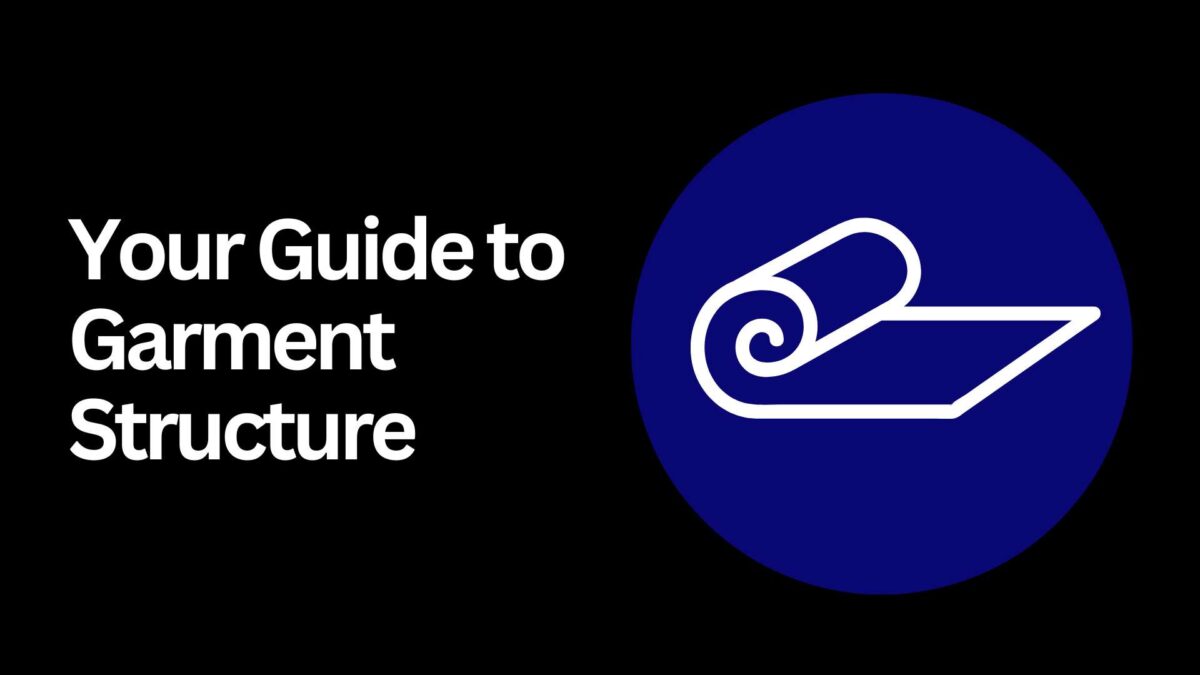Pros and Cons of Different Interlining Fabrics: Your Guide to Garment Structure
Table of Contents
- Decoding Interlining Fabrics – Know Your Options!
- Choosing the Right Interlining: A Tailor’s Tips
- Expert Hacks for Using Interlining Fabrics
- Conclusion: Unveiling the Magic of Interlining Fabrics
Living in Delhi, the heart of India’s vibrant fashion scene, I’m constantly surrounded by textiles. From the delicate silks of saris to the crisp cottons of kurtas, each fabric plays a crucial role in creating stunning garments. But what lurks beneath the surface, adding structure and that perfect drape? It’s the hidden world of interlining fabrics!
Today, we’ll delve into this fascinating realm, exploring the pros and cons of different interlining types. Whether you’re a seasoned tailor or a curious beginner, this guide will equip you with the knowledge to choose the perfect interlining fabric for your next sewing project. So, grab a cup of chai, settle in, and let’s unlock the secrets of interlining!
Decoding Interlining Fabrics – Know Your Options!
Interlining fabrics are like silent guardians, adding structure, stability, and a professional finish to your creations. Think of a crisp collar on a shirt, the perfect drape of a dress, or the shape of a bag – all these rely heavily on the right interlining choice. Here’s a breakdown of some common types:
Pros and Cons of Different Interlining Fabrics
| Interlining Type | Pros | Cons |
|---|---|---|
| Woven | Offers excellent structure and stability | Can be bulky, may limit drape |
| Non-woven | More flexible, comes in various weights | May not be as durable as woven |
| Fusible | Easy to apply with heat | Requires precise temperature control |
| Non-fusible (Sew-in) | Provides more control during sewing | Requires additional sewing time |
| Heavyweight | Ideal for structured garments like jackets | Can add bulk and stiffness |
| Lightweight | Perfect for delicate fabrics | May not offer enough support for some projects |
| Water-Soluble | Easy to remove after fusing | May not be as strong as traditional interlining |
A Historical Perspective
The use of interlining in sewing dates back centuries. Ancient Egyptians used papyrus reeds and leather for stiffening garments. With the rise of silk and wool, natural materials like horsehair and buckram became popular interlining options. The 20th century saw the invention of non-woven fabrics, offering a wider range of interlining types with improved flexibility and breathability.
Choosing the Right Interlining A Tailor’s Tips
Now that you’re familiar with the basic types, let’s delve deeper into selecting the perfect interlining for your project. Here are some things to consider:
- Fabric Weight and Drape: Lighter interlining works well with delicate fabrics, while heavier options are ideal for structured garments.
- Project Requirements: Consider the desired level of structure and support for different areas of your garment (e.g., collars, pockets, waistbands).
- Application Method: Fusible interlining (like cotton fusible interlining or polyester fusible interlining) is faster, while non-fusible interlining offers more control over placement.
- Your Personal Preference: Experiment with different types of interlining in garments (woven, non-woven, wool interlining, canvas interlining, hair interlining) to find what works best for your sewing style.
Expert Hacks for Using Interlining Fabrics

Here are some handy tips to elevate your sewing experience with interlining fabrics:
- Pre-wash your interlining fabric: This prevents shrinkage and ensures your garment retains its shape after washing.
- Test on a scrap fabric first: Experiment with fusing temperatures and sewing techniques on a similar material before working on your actual garment.
Conclusion: Unveiling the Magic of Interlining Fabrics
The world of interlining fabrics may seem complex at first, but with a little knowledge, you can unlock its potential and elevate your sewing projects. Remember, the perfect interlining acts as a silent partner, enhancing the structure, drape, and overall quality of your garment.
Now that you’ve explored the different types and their pros and cons, it’s time to experiment! Share your experiences with interlining fabrics in the comments below. What projects have you used them for? Did you encounter any challenges? Let’s create a supportive community of sewers who can share their knowledge and inspire each other’s creativity.
Bonus Tip: Here are some resources to delve deeper into the world of interlining fabrics:
- Online fabric stores often provide detailed descriptions of their interlining options, including recommended uses and application methods.
- Sewing blogs and YouTube channels offer tutorials and demonstrations on using different types of interlining fabrics.
- Consider taking a sewing class or workshop that specifically focuses on interfacing techniques.
Happy Sewing!

He’s a textile enthusiast with an insatiable curiosity for the world of fabrics. From the intricate weaves of traditional Indian textiles to the cutting-edge innovations in synthetic materials, Ashish devours knowledge with the same zeal he uses to experiment with sewing projects.
P.S. Stay tuned for future articles where we’ll explore specific applications of interlining fabrics in different garment types, like creating crisp collars, adding structure to bags, and achieving beautiful garment drape.


